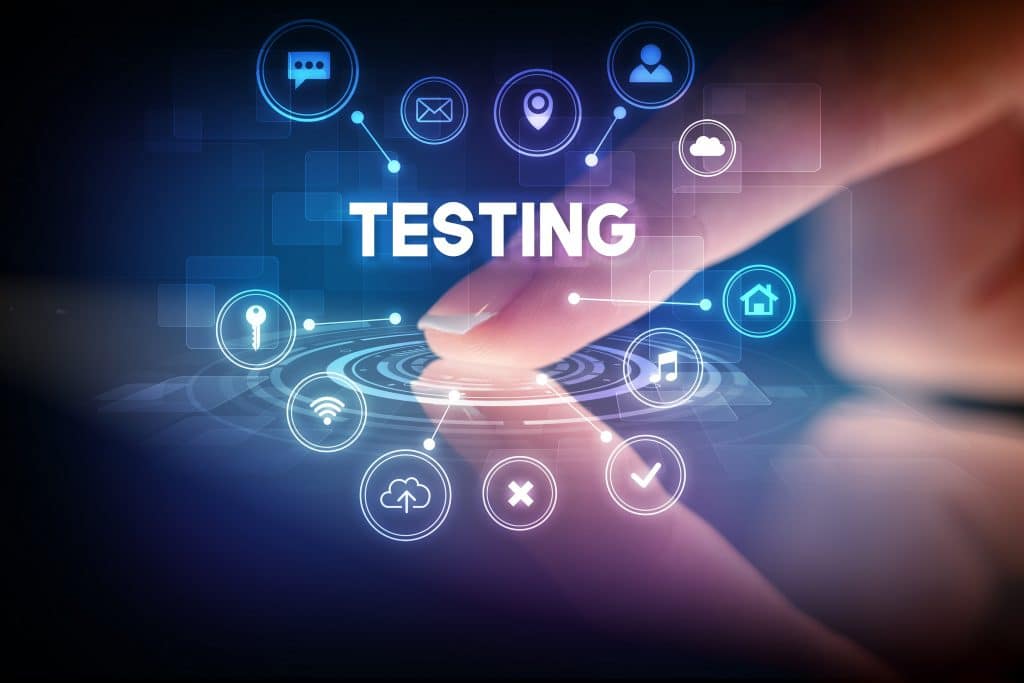Utilizing Ethnographic Studies: A Guide for Medical Device Market Research Surveys
- Unimrkt Healthcare » Blog » Utilizing Ethnographic Studies: A Guide for Medical Device Market Research Surveys
Healthcare is one of the most dynamic industries. When it comes to improving prevailing solutions or exploring new avenues for enhanced and safe experiences for patients, ethnographic studies are a real game-changer. Ethnography is a subset of anthropology that deals with understanding people’s beliefs, habits, and social patterns. A better ethnographic understanding of patients’ preferences allows medical device manufacturers to design patient-centric products. The ethnographic studies require extensive medical market research surveys. This is where Unimrkt Healthcare can help you with modern-day data gathering methodologies that afford you valuable insights to stay ahead of the curve. That said, continue reading as we discuss how ethnography can be beneficial in designing medical devices.
How Ethnographic Studies Can Uncover Usability Challenges and Improve UX of Medical Devices
As the demand for innovation continues to surge, understanding the intricate needs and preferences of end-users has never been more critical. This is where ethnographic studies, a powerful component of medical market research, step into the spotlight. Ethnography offers a dynamic and holistic approach to investigating how medical devices integrate into users’ daily lives and workflows. In collaboration with a specialized medical market research company, ethnographic studies can unveil invaluable insights into usability challenges and UX enhancements, shaping the future of medical device design and functionality. Medical market research surveys and traditional user testing, powered with ethnographic studies, can help immerse researchers in the real-world contexts where medical devices are used. Researchers observe, engage with, and listen to healthcare professionals, patients, and caregivers as they interact with these devices in their natural environments. This approach reveals the nuances of device usability, shedding light on issues that may otherwise remain hidden. Ethnography provides a unique lens through which to understand the intricate relationships between users and medical devices. Researchers can pinpoint pain points, identify areas for improvement, and gain a comprehensive understanding of how users adapt devices to their needs. These insights transcend the boundaries of traditional usability testing, offering a more profound understanding of user behaviors and preferences.
Incorporating Patient Feedback into Design
When it comes to medical healthcare technology, patient-centricity has emerged as a guiding principle in innovation and design. The healthcare industry has recognized that patients are not just passive recipients of medical solutions, but active stakeholders whose insights are invaluable in shaping the future of medical technology. Incorporating patient feedback into the design process is more than a trend; it’s a transformative approach that holds the potential to revolutionize the way we approach healthcare technology. Patient feedback can be compared to a compass, guiding engineers and healthcare professionals toward solutions that truly address patient needs and preferences. Whether it’s the development of medical devices, healthcare apps, or digital health platforms, the input of those who will ultimately use these technologies is paramount. Patients can provide insights into usability, accessibility, and the overall user experience that may not be apparent from a technical standpoint alone.
Usability Improvement
One of the key benefits of incorporating patient feedback is the ability to identify usability challenges and improve the overall design. Patients can offer insights into user interfaces, device ergonomics, and the practicality of medical healthcare technology in their daily lives. By actively involving patients in the design process, medical technology solutions become more user-friendly, adaptable, and effective.
Improved Patient Engagement
Patient feedback fosters a sense of ownership and empowerment among individuals who are managing their health. When patients see that their input is valued and integrated into the design of medical technology, they become more engaged in their own care. This collaborative approach not only leads to better-designed solutions but also enhances patient satisfaction and adherence to treatment plans.
Patient Empowerment
Incorporating patient feedback into the design of medical healthcare technology places patients at the center of innovation and recognizes their unique perspectives as invaluable assets in shaping the future of healthcare. By embracing patient-centric design, the healthcare technology sector is not only improving the usability and effectiveness of its solutions but also fostering a culture of patient empowerment and partnership in the journey toward better health outcomes.
Detailed Guide for Utilizing Ethnographic Studies in Medical Device Market Research Surveys
Here is a detailed step-by-step guide on utilizing ethnographic studies in medical device market research surveys:
1. Understanding user/patient behavior and requirements
The rise of healthcare consumption has resulted in more empowered users who are no longer deferring all treatment decisions to doctors. Instead, due to increasing access to information, patients are taking a substantial role in decisions about their treatment. Before they even leave the doctor’s office after a diagnosis, most patients will look for answers on the internet. Medical-device innovators can better meet the requirements of patients and providers if they have a better grasp of their attitudes and pain points. This applies for a handheld device like DPI inhaler to a mobility device like wheelchair to many others. Medical market research surveys can be vital in decoding doctor/patient requirements.
2. Leveraging various ethnographic initiatives
Medical device manufacturers can deploy various ethnographic initiatives to steer through tough competition in the healthcare sector. These are:
- Framing research by utilizing existing data sets to anticipate unknown variables, allowing for the enhancement of products while making them more comfortable and safe.
- Pinpointing the target audience, including individuals that have recently used or intend to use a medical device in the near future.
- Gathering deep insights about respondents through various practices such as 1-on-1 telephonic interviews and conducting surveys (online and postal).
Medical technology solutions require constant monitoring of performance-based metrics. Unimrkt Healthcare deploys various cutting-edge medical device market research methodologies, such as telephonic interviews, to provide tailored insights.
3. Deploying ethnographic studies throughout the product lifecycle
Ethnographic studies of medical devices can assist companies in prioritizing a blueprint for innovation, as well as providing insights into specific usability challenges involved in patient onboarding and medical support from all stakeholders. Based on the characteristics of a product’s life cycle, ethnographic research can aid in obsolete decisions, ensuring that a product continues to meet the evolving requirements of all stakeholders. Expertly curated medical market research surveys can help in understanding how people will respond to a product after roll-out.
Final Word
The need for constantly evolving customization is pushing manufacturers of medical technological solutions to leverage the proven potential of medical market research methodologies such as surveys. By partnering with a specialized medical market research company experienced in conducting ethnographic studies, medical technology innovators can unlock the full potential of their devices. Ethnographic research not only identifies usability challenges but also inspires UX enhancements that align with users’ needs and expectations. This approach, rooted in real-world observations, empowers medical device designers and manufacturers to create products that seamlessly integrate into the healthcare ecosystem, ultimately improving patient care and enhancing the overall user experience. At Unimrkt Healthcare, we aim to provide actionable data through precise targeting of respondents using updated life science research methodologies (for both quantitative and qualitative market research). To learn more, call +91-124-424-5210, +91-9870-377-557 or email sales@unimrkthealth.com. You may also fill out our contact form and our experts will contact you at the earliest.
Recent Posts
- Business Research Methodologies in Healthcare: 7 Desk-Based Approaches That Work
- Data-Driven Decisions: How Healthcare Technology Empowers Payers for Best Outcomes
- Human-Led Primary Research in the UK: The Case for CATI
- Designing Patient Surveys for Older Adults: Key Considerations for Meaningful Data
- Launching Healthcare Products? The Critical Role of Primary Market Research in Product Development
Archives
- October 2025
- September 2025
- August 2025
- July 2025
- June 2025
- May 2025
- April 2025
- March 2025
- February 2025
- January 2025
- December 2024
- November 2024
- October 2024
- September 2024
- August 2024
- July 2024
- June 2024
- May 2024
- April 2024
- March 2024
- February 2024
- January 2024
- December 2023
- November 2023
- October 2023
- September 2023
- August 2023
- July 2023
- June 2023
- May 2023
- April 2023
- March 2023
- February 2023
- January 2023
- December 2022
- November 2022
- October 2022
- September 2022
- August 2022
- July 2022
- June 2022
- May 2022
Quick Enquiry
Customer Service, We Make it Better
Related Posts:
Let's Connect
Please, fill in the form to get in touch!



